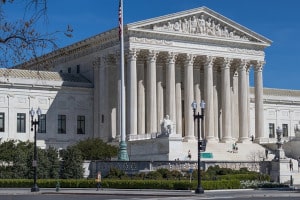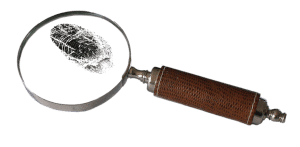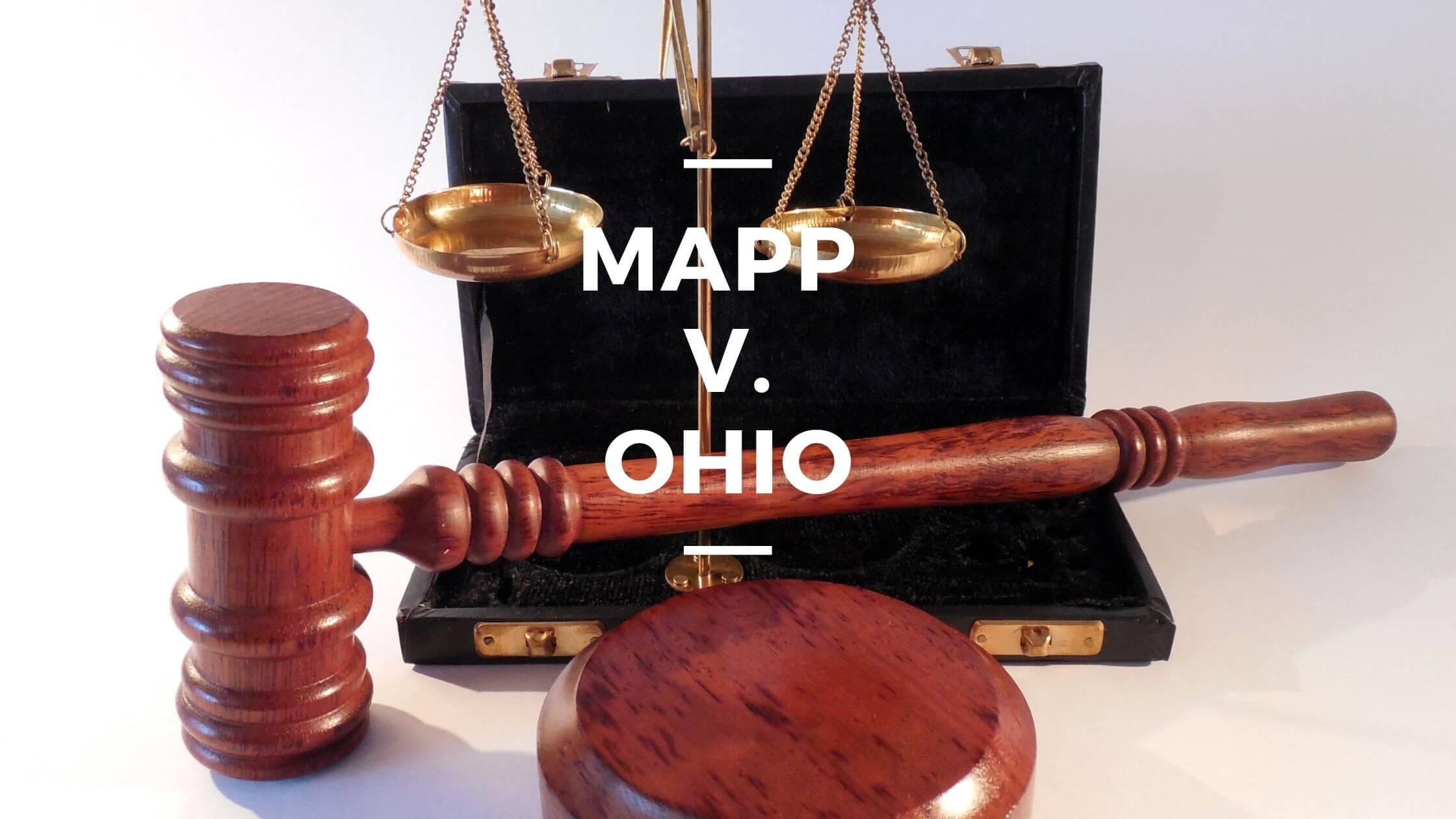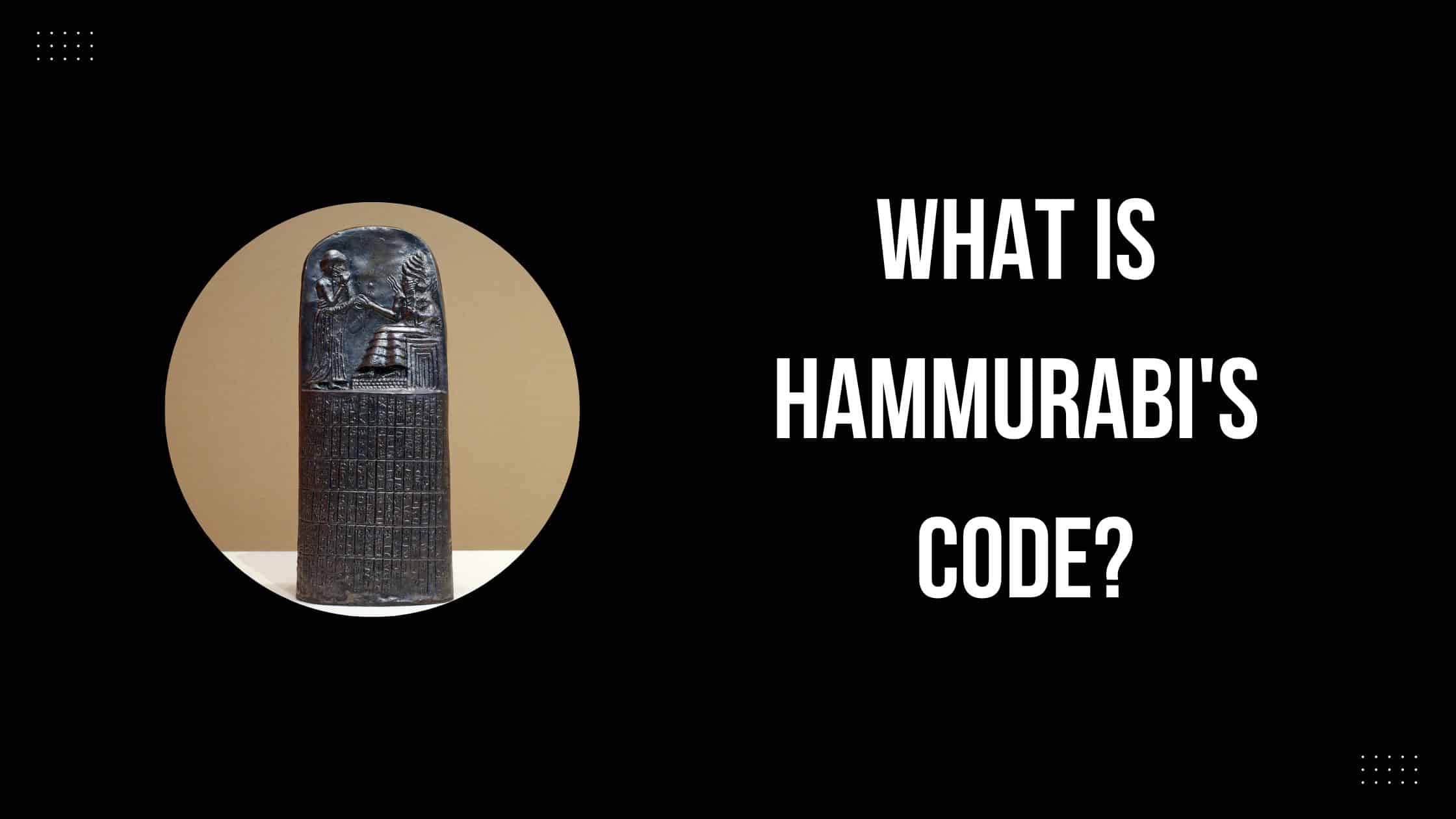Table of Contents
ToggleWhat Happened in Mapp v. Ohio?
The Initial Case
Mapp v. Ohio was heard by the United States Supreme Court in 1961. In 1957, police received a tip that they would find a man called Virgil Ogletree and illegal betting equipment at the home of Dollree Mapp. Mapp declined to give police permission to enter her home. Three hours after the initial refusal, police officers illegally forced their way into Mapp’s home. Upon searching the house, they found gambling paraphernalia and books with obscene content in their search.
Mapp was acquitted of a charge related to the gambling accessories, but was later found guilty of having “lewd and lascivious” books in her possession.
Was Mapp’s Conviction Valid?
While police found pornographic books and pictures in Mapp’s home, they had neither her permission to enter nor a search warrant. Mapp’s lawyer argued that this meant that the books could not be used as evidence under the exclusionary rule. This cornerstone legal principle prohibits evidence obtained in violation of a defendant’s constitutional rights to be used in court.
The 14th Amendment and the Exclusionary Rule
The Fourth Amendment to the United States Constitution protects the people of the US against unreasonable searches and seizures. Before Mapp v. Ohio, the exclusionary rule was understood to apply to actions taken by federal law enforcement officers. The Fourteenth Amendment expanded the protections of the Fourth Amendment to all of the states, but it did not force the states to incorporate the exclusionary rule.
Wolf v. Colorado
According to Wolf v. Colorado, a 1949 case, the exclusionary rule was derived from the Fourth Amendment by the federal government. In Wolf v. Colorado, the Supreme Court held that states were free to come up with their own systems for protecting the rights of their citizens against unreasonable searches and seizures. While the exclusionary rule was one such method, the states could use other methods.
Mapp’s Appeal
Mapp’s initial appeal to the Ohio Supreme Court was unsuccessful. The Ohio Supreme Court found that while the search of Mapp’s home was illegal, the police did not use brutal force, and therefore the evidence they obtained was acceptable to use at trial under precedent at the time. Mapp appealed again to the US Supreme Court, which agreed to hear her case.
The Supreme Court’s Opinion
The ruling in Mapp v. Ohio was issued on June 19, 1963. In a 6-3 opinion, the Supreme Court’s rulings extended the exclusionary rule to apply to state governments as well as the federal government. The Supreme Court noted that while 30 states elected to reject the exclusionary rule after Wolf v. Colorado, more than half of them had implemented a version of it in the interim.

The Court opined that remedies other than the exclusionary rule, like private lawsuits and government oversight of police operations, were “worthless and futile.” Mapp v. Ohio has been good law ever since.
Why Was Mapp v. Ohio Significant?
Life Without The Exclusionary Rule
Mapp’s conviction was a near-perfect example of what could happen without the exclusionary rule. Police officers ignored her constitutional rights, searched her home, and secured a conviction with illegally obtained evidence. The Ohio Supreme Court accepted that the evidence was obtained illegally but did not overturn her conviction.
In theory, the state of Ohio could have taken actions to curtail its enforcement officers from violating Mapp’s rights. She could have also sued the state for its violation of her rights. Neither of these threats prevented her from being arrested, charged, and found guilty of a crime. Instead, the state effectively ignored the Fourth Amendment’s protections against illegal searches and seizures.
Incorporating the Exclusionary Rule
Mapp v. Ohio held that states must apply the exclusionary rule in court proceedings. The court had several motivations behind this ruling. Justices cited the lack of effective deterrence provided by alternative remedies. The states fully incorporated the Fourth Amendment, so they found it inconsistent that a state prosecutor could use evidence that a federal prosecutor could not.
In a concurrence to the majority opinion, Justice Hugo Black posited that the Fourth and Fifth Amendment’s protections against self-incrimination not only justified, but required the exclusionary rule. Again, as these amendments were incorporated to the states, the exclusionary rule must therefore apply to state prosecutions as well.
The Exclusionary Rule’s Protections
The exclusionary rule is not perfect in its protection against illegal searches and seizures. It does, however, offer a basic level of protection against the situation encountered by Mapp. Since police cannot use evidence obtained via illegal searches in court, they have less incentive to perform such actions.
Fruit of the Poisonous Tree
A legal doctrine known as “fruit of the poisonous tree” extends the protections of the exclusionary rule. Under the exclusionary rule, police officers cannot use evidence that they obtain illegally in court.

They might, however, gather evidence via an illegal search and then use that evidence to guide their efforts to obtain other evidence legally. An illegal search might reveal the address of a warehouse full of illegal weapons, for example, and then the police might get a warrant to search that warehouse.
The fruit of the poisonous tree doctrine extends the protections of the exclusionary rule out to all evidence gained as a result of illegally obtained evidence. If the “tree” is tainted (the address), the “fruit” (the warehouse) is tainted also. While there are some exceptions to the fruit of the poisonous tree doctrine, police are further disincentivized from carrying out illegal searches in the first place due to the risk of tainting later evidence.
The Law of the Land
Of the 30 states that declined to incorporate the exclusionary rule after Wolf v. Colorado, over half had effectively adopted some version of the rule before the ruling in Mapp v. Ohio.
There were 48 states when Wolf v. Colorado was decided and 50 when Mapp v. Ohio was decided. 18 states incorporated the exclusionary rule immediately, while at least 16 added it in the intervening period. This means that less than 16 states had no version of the exclusionary rule when Mapp v. Ohio took effect.
This is not to say that Mapp v. Ohio had no effect, but rather that in many states, it simply solidified the existing legal landscape.
The “New” Normal
Concepts like the exclusionary rule, the fruit of the poisonous tree doctrine, and the Fourth Amendment’s protections against illegal searches are important cornerstones in modern legal jurisprudence. Mapp v. Ohio’s decision to force the states to utilize the exclusionary rule helped dissuade police from undertaking illegal searches. It also helped form a more straightforward and unified legal landscape across all fifty states.
The Opinions in Mapp v. Ohio
While Mapp v. Ohio was decided 6-3 in Mapp’s favor, there was some nuance to the justices’ opinions. The majority opinion was written by Justice Tom C. Clark, with Chief Justice Earl Warren and Justices William O. Douglas and William Brennan joining the opinion.
Justice Douglas filed a separate concurrence, and so did Justice Hugo Black. Justice Potter Stewart joined the majority in ruling for Mapp, but only based on Mapp’s First Amendment right to free speech.
The dissent was authored by Justice John Marshall Harlan and joined by Justices Felix Frankfurter and Charles E. Whittaker. Justice Harlan argued that the plurality failed to exercise judicial restraint in its opinion. Mapp v. Ohio was not briefed or argued on the grounds of being a constitutional question. According to Harlan’s opinion, this meant that the plurality overstepped in its ruling. He felt that Mapp v. Ohio was a case about a fundamental right to privacy, not about the constitutional protections against searches and seizures. Safeguarding the right to privacy did not require federal rules of evidence to be imposed on the states.
The Fourth Amendment after Mapp v. Ohio
While the exclusionary rule applies in state and federal courts, courts have placed limitations on when it applies. It does not prevent evidence illegally obtained by a private party, or from a third party, or evidence obtained illegally by officers acting in good faith (for example, if officers executed an invalid search warrant but did not know the warrant was invalid).

Evidence that was independently obtained through legal means is allowed, as is evidence that would have been found regardless, while proof that evidence was illegally obtained may be brought up during cross-examination in some circumstances.
Law enforcement officials occasionally use a practice known as “parallel construction” to circumvent the exclusionary rule and the fruit of the poisonous tree doctrine. Parallel construction involves building parallel cases on separate evidentiary tracks. When parallel construction is used for this purpose, an officer passes knowledge gained by illegally obtained evidence to another officer, who pursues the leads by legitimate means.

Get Smarter on US News, History, and the Constitution
Join the thousands of fellow patriots who rely on our 5-minute newsletter to stay informed on the key events and trends that shaped our nation's past and continue to shape its present.
After the 2009 ruling in Herring v. United States, this practice has gained popularity. Parallel construction is sometimes used for purposes unrelated to illegally obtained evidence, like protecting an undercover officer’s identity.











